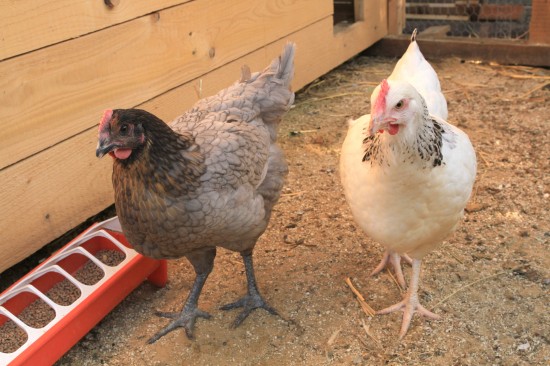A dairy cow's dry period has to be monitored very well because it is the dairy cow's health at this time that will tell whether or not the cow is able to give off milk and give birth. Dairy cows in their dry period are prone to many serious diseases and infections, most of which can affect their milk production and pregnancy in the future.
One of the major concerns of the caretakers would mastitis, a condition wherein there is inflammation of the breasts or udder because of infection. This is certainly a problem where milk production is considered. There is the presence of whitish clots in the milk given by a cow with mastitis. In worse cases, there may even be pus. Treatment of mastitis is difficult and nearing to impossibility. The best cure is still prevention by doing the proper drying-off procedure, plus antibiotic treatment and clean and dry pen.
Protecting the cow and its immune system comes should be on prioritized. This is done by balancing the cow's rations with the right amount of vitamins. Vitamins A, D, E and selenium are especially emphasized where vitamin supplementation is concerned. The body condition of the cow comes just as important for the assurance of healthy milk production and lactations. The body should have the sufficient energy to meet the requirements for milk production and reproduction.
For the close-up dry period, health concerns would shift over to lead feeding, preventing milk fever, and highlighting maternity facilities. This takes place around 2 to 3 weeks before giving birth to their calves.
Lead feeding and proper rations starts around 2 weeks before the calving. The grain usually consists of about 12 kilograms of corn silage and free choice hay, and should be increased to 4 to 5 kilograms a day until calving day. This will help prevent digestive upsets and displaced abomasums resulting from the abrupt changes of the calving rations.
To prevent milk fever, the cow's blood calcium diet should be watched. A dairy cow in pregnancy and lactation naturally requires more calcium. When the calcium levels in the blood is low, the cow may develop milk fever. Another method to prevent milk fever is to feed anionic salts to encourage the release of stored calcium from the bones at calving time. This especially helps because a cow's intake is limited during early lactation, which makes it difficult for the cow to meet the calcium requirements without the stored calcium in the bones.
Udder edema my also occur in the dairy cow because of excess sodium from salt. Like any other infections that affect the udder, this also greatly affects milk production. It is strongly recommended then that the dry cows be given cobalt iodized salt at around 30 to 40 grams a day.
Last but not least are the maternity pens and facilities. The pens for the dry cows should be clean, dry, and comfortable. Housing the cows here on the close-up dry period helps us control the cow's diet to avoid metabolic problems. With this, infectious diseases like mastitis and retained placenta can be prevented successfully.

 Five More Common Mistakes To Avoid Making With Your New Puppy
Five More Common
Five More Common Mistakes To Avoid Making With Your New Puppy
Five More Common
 Does Your Dog Hate Having Their Nails Trimmed? Four Reasons Why, And How To Address Them
Does Your Dog Hat
Does Your Dog Hate Having Their Nails Trimmed? Four Reasons Why, And How To Address Them
Does Your Dog Hat
 Thai Cats - The Original Descendent Of The Landrace Cats Of Thailand
Thai Cats - The O
Thai Cats - The Original Descendent Of The Landrace Cats Of Thailand
Thai Cats - The O
 What Is Coccidiosis And How Does It Affect Chickens?
What Is Coccidios
What Is Coccidiosis And How Does It Affect Chickens?
What Is Coccidios
 Puppy Care - The Ten Top Rules To Teach Your Puppy
Puppy Care - The
Puppy Care - The Ten Top Rules To Teach Your Puppy
Puppy Care - The